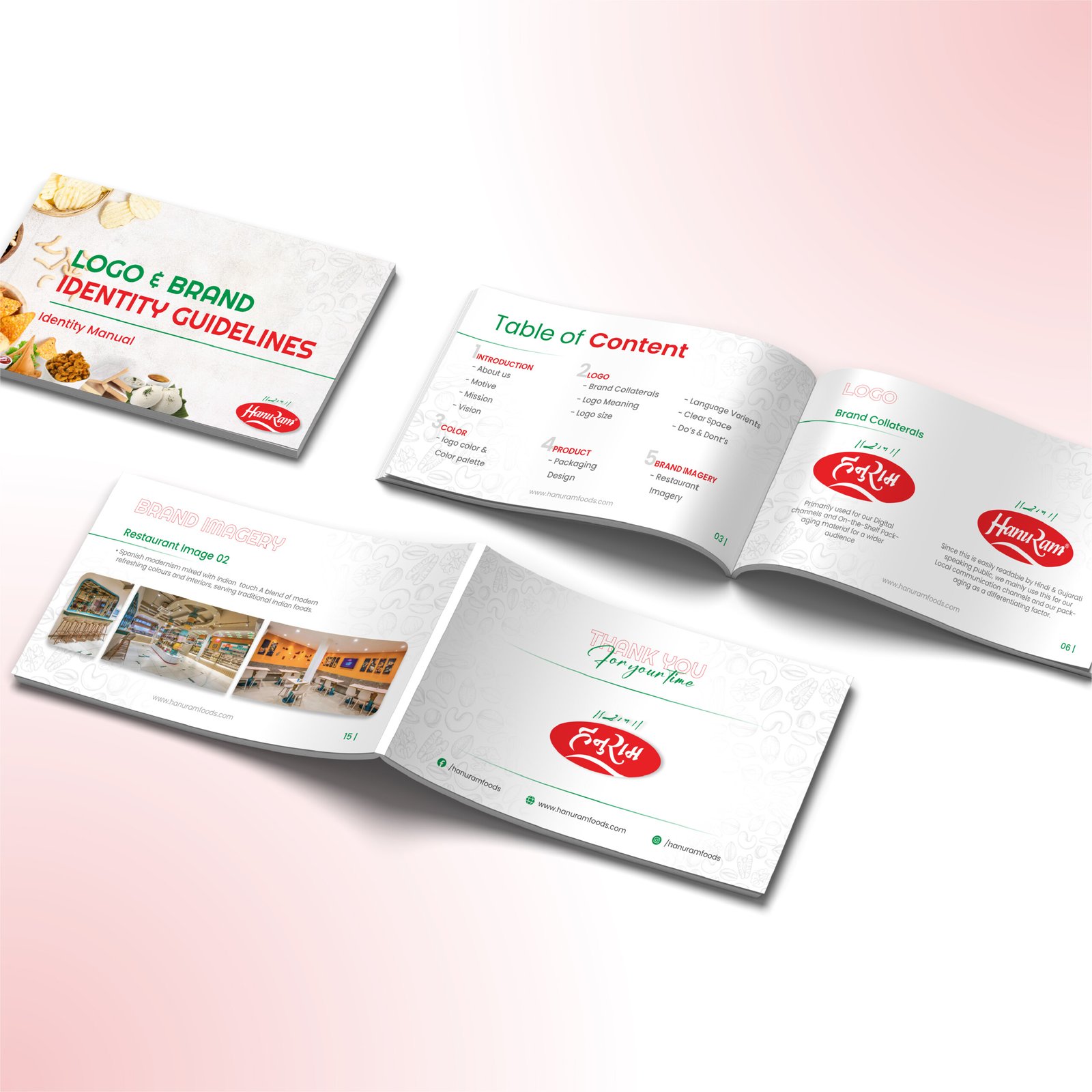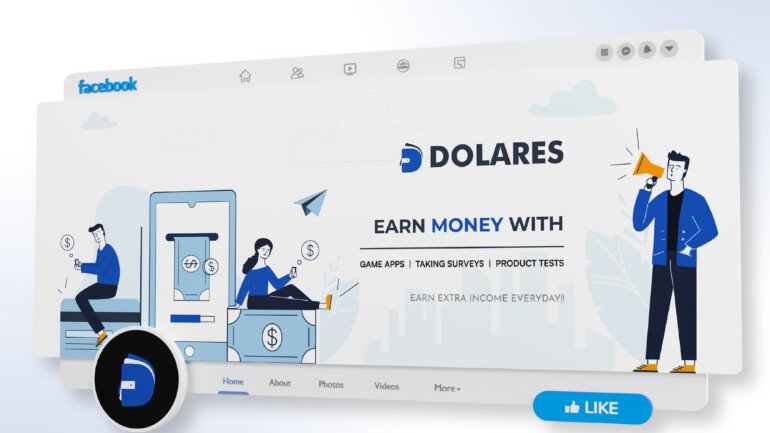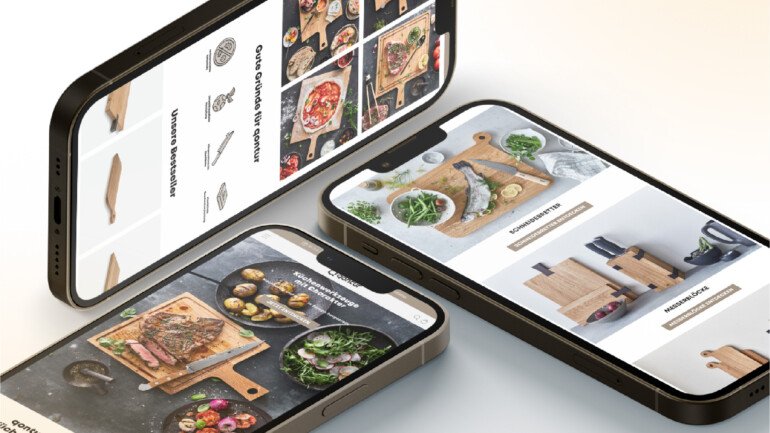A Brand Style Guide, also known as a Brand Guidelines or Brand Manual, is a comprehensive document that outlines the visual and design elements, as well as the rules and guidelines for maintaining a consistent and cohesive brand identity across all communications and materials. It serves as a reference and reference point for anyone creating content or materials on behalf of a brand.
A well-crafted Brand Style Guide is a foundational document that empowers your brand to communicate consistently, effectively, and professionally across all materials and interactions. It ensures your brand is accurately represented and recognized, contributing to long-term business success
Necessity of a Brand Style Guide:
- Maintains Identity: In a competitive market, a clear and consistent brand identity is crucial for standing out and making a lasting impression on customers.
- Guidance for Creatives: Designers, marketers, and content creators need clear guidelines to ensure they’re using the correct colours, fonts, and design elements that accurately represent the brand.
- Brand Extension: When expanding into new markets, launching new products, or collaborating with partners, a Brand Style Guide ensures that the brand’s essence is maintained even in diverse contexts.
- Employee Alignment: For larger organisations, a Brand Style Guide aligns employees across different departments, ensuring that everyone communicates the same brand identity.
- Third-Party Collaboration: When working with external agencies, vendors, or partners, a Brand Style Guide ensures that your brand’s visuals are consistently represented in their work.
- Time and Cost Efficiency: By providing a clear framework, a Brand Style Guide reduces the need for constant back-and-forth revisions, saving time and resources.
- Brand Equity: Consistency builds brand equity over time, increasing the brand’s value and making it more attractive to customers and potential investors.
In essence, a Brand Style Guide is a foundational document that empowers a brand to maintain a consistent and compelling identity, effectively communicate its values, and leave a lasting impression on its audience. It’s an essential tool for brand management, design, marketing, and overall business success.
Work Progress
1. Concept Understanding:
Before we put pen to paper (or cursor to screen), we dive deep into understanding your brand. We take the time to grasp your vision, values, and unique qualities that make your business stand out. This forms the foundation for a logo that truly speaks to your identity.
2. Research:
Our design process is grounded in solid research. We meticulously analyse your industry, study your competitors, and keep a keen eye on design trends. This knowledge helps us create logos that not only look great but also strategically position your brand in the market.
3. Strategy:
Every design choice we make is guided by a well-defined strategy. We align your branding goals with our creative approach, ensuring that your logo becomes a powerful tool for brand recognition and recall.
4. Work Process:
Our creative process is a blend of inspiration and expertise. We take the concepts and research, infuse them with our design magic, and craft logo options that carry your brand’s DNA in every detail.
5. Timeline:
Time is of the essence, and we respect that. Our transparent timeline keeps you informed about the progress of your logo design journey. We set clear expectations for milestones and deliverables, so you know exactly when to expect your logo to shine.
6. Multiple Logo Concepts:
Choice is a beautiful thing. We present you with not one, not two, but three distinct logo concepts. This range of options ensures that you have the freedom to choose a logo that resonates with you on a personal and professional level.
7. Revision and Review:
Your satisfaction is our top priority. We’re not satisfied until you are. That’s why we invite your feedback, refine the design based on your input, and strive to perfect every element until it meets your vision.
Brand Style Guide Package
| Package | Basic | Standard | Premium |
|---|---|---|---|
| BRAND GUIDELINE FOR YOUR LOGO Colour palette, font system, brand pattern, favicon, basic logo rules (logo not included) | GUIDELINE AND LOGO DESIGN 2 logo option and once the logo is finalised you get the brand guideline as well | PREMIUM GUIDELINE AND LOGO 4 initial logo concepts and once the logo is finalised you get the premium brand guideline as well | |
| Includes logo design |  |
 |
 |
| Logo usage guidelines |  |
 |
 |
| Color palette |  |
 |
 |
| Typography guidelines |  |
 |
 |
| Iconography |  |
 |
 |
| Do’s and don’ts |  |
 |
 |
| Brand book design |  |
 |
 |
| Revisions | 5 time | 8 time | 10 time |
| Delivery Time | 5 Day | 7 Day | 10 Day |
| Price in Rs. | 4000/- | 6500/- | 8000/- |
| Continue | Continue | Continue |
01. Why is a Brand Style Guide important for my business?
A Brand Style Guide ensures consistency in your brand’s visual representation, which enhances brand recognition, establishes professionalism, and reinforces your unique identity.
02. What does a Brand Style Guide include?
A Brand Style Guide typically includes information on logo usage, colour palette, typography, imagery guidelines, design principles, layout examples, and dos and don’ts for brand materials.
03. Can I provide input during the Brand Style Guide design process?
Yes, a collaborative approach allows you to provide input and feedback to ensure the Style Guide accurately reflects your brand’s identity.
04. How long does it take to create a Brand Style Guide?
The timeline varies based on the complexity of your brand and the agency’s workload. Discuss expected deadlines and milestones upfront.
05. Can I update my Brand Style Guide in the future?
Yes, a well-designed Style Guide should allow for updates as your brand evolves. Ensure the agency provides a flexible and adaptable document.
06. Is a Brand Style Guide necessary for small businesses?
Yes, a Brand Style Guide is valuable for businesses of all sizes. It establishes a strong brand identity, which is crucial for differentiation and recognition.



